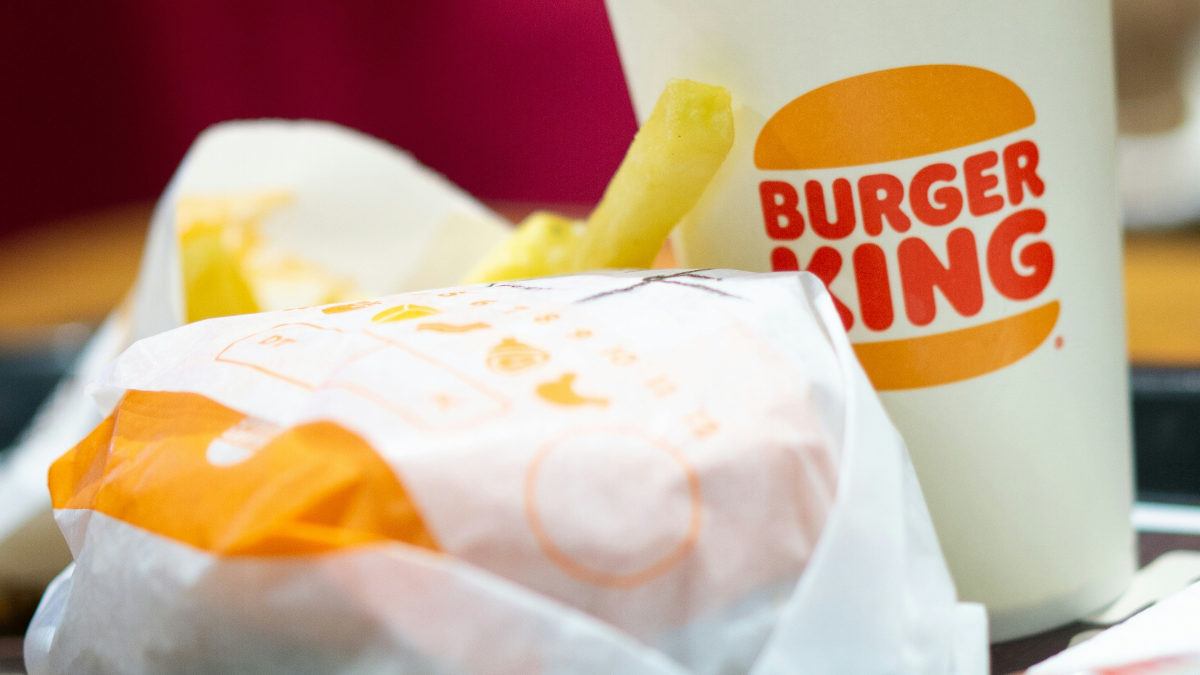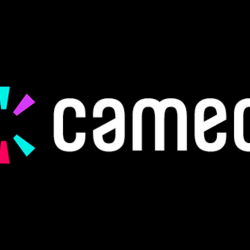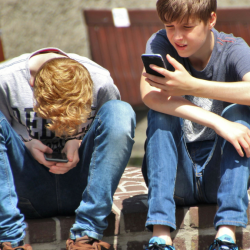Stop me if you’ve heard this one before. A brand has a message wrapped in its big ad. It’s about hope or being together. It’s powerful and strives to bring a tear to the eye. It makes you think. It’s worthy and has purpose. And it’s dull. F*cking dull. An example? Gillette’s latest effort is the bland leading the bland. It looks like a collection of boring stock videos to a pretty meh soundtrack. Type ‘men with family’, ‘men shaving’ or ‘men hanging out with friends/girlfriend’ into a search engine and that’s what you get.
Sure, the message is a positive one — detoxifying masculinity. Nothing wrong with that. But why not dig out a bit of humour? Just make us laugh somehow. You’ve got Ian Wright in there for around two seconds. The man is a 100% charisma, a funny guy. Use him!
Because, let’s face it, the world is a pretty serious place to live in right now. And when more brands try to do a purpose-driven ad, it gets samey. It doesn’t land. A deep and powerful message for a biscuit brand, for example, isn’t always what a consumer is asking for. Sometimes, they just want a biscuit. And biscuits aren’t that heavy. There’s a danger that brands are getting trapped in a purpose bubble. The antidote to that is humour.
The power of putting a smile on people’s faces is the perfect response to the everyday right now. Adding some wit to your campaign can help it stand out in a sea of sameness. It can help deliver a shortcut to keep a brand at the front of people’s minds. But there are pitfalls. There’s nothing worse than trying out your comedy to an audience that’s not laughing.
Consumers are over the ‘purpose’ stuff. It was a safe space for brands and has started losing its impact. Now it’s about creating something that will put a smile on people’s faces. Brands don’t have to be so serious — they don’t need to be that heavy and the real world is a scary place.
Brands now can bring levity and fun to people’s every day. Be that through humour or light-heartedness. Because funny is what we all remember.
Culturally, people are more likely to recall their favourite bit from The Office than a sincere monologue about the plight of the world. As an example from adland, take Setapp’s hide and seek effort. It deviates from the norm and goes off in an unpredictable (and crucially very funny) direction. When you think about funny ads, it’s not just about the witty situation but their ability to turn a preconceived notion of a brand on its head. They avoid sameness and it’s easier to connect with something that doesn’t take itself too seriously. It’s also why so many Super Bowl ads over the years land — both the brand and their ambassador are relaxed about laughing at themselves.
Go all in
We just need to get serious about not being too serious. You have to go all in. You can’t be ‘kinda’ funny because audiences just see through it. And you can’t make everyone laugh. Someone, somewhere is always going to potentially not see the funny side.
It also means you’re having a point of view. You’re putting your cards on the table and ‘this is what we find funny and if you do too then you’re our audience’. And that’s massive. There’s risk for sure but there’s no greater risk than playing it safe. Because no one will care about your brand then.
You need to nudge people to feel the way you want them to. Heart-warming is powerful for sure but it’s all about what you want an audience to feel about your brand. Injecting humour can work better and stay in people’s minds. They are more likely to retell a joke and, by extension, share their favourite ad. They want to talk about that rather than some worthy, purposeful message they’ve just seen. After all, laughter is contagious. And it gives your brand a fighting chance of standing out.
Understanding nuance
It’s about striking the right tone — and that’s not easy. Comedy is so nuanced and there are so many different styles. From slapstick to irreverent, there’s humour to be found in everything, no matter how serious your brand is. But be warned — if you’re not funny, then you will be remembered for that too.
If we are to consign the purpose bubble to history, it’s imperative to create something that will put a smile on people’s faces. Brands have done this successfully for years and, if the world is that bit scarier right now, they need to bring levity and fun to people’s every day — be that through humour or light-heartedness. Laughter can be the best medicine — just make sure you’re not telling a joke we’ve all heard before.
Featured image: Supply / Unsplash


































